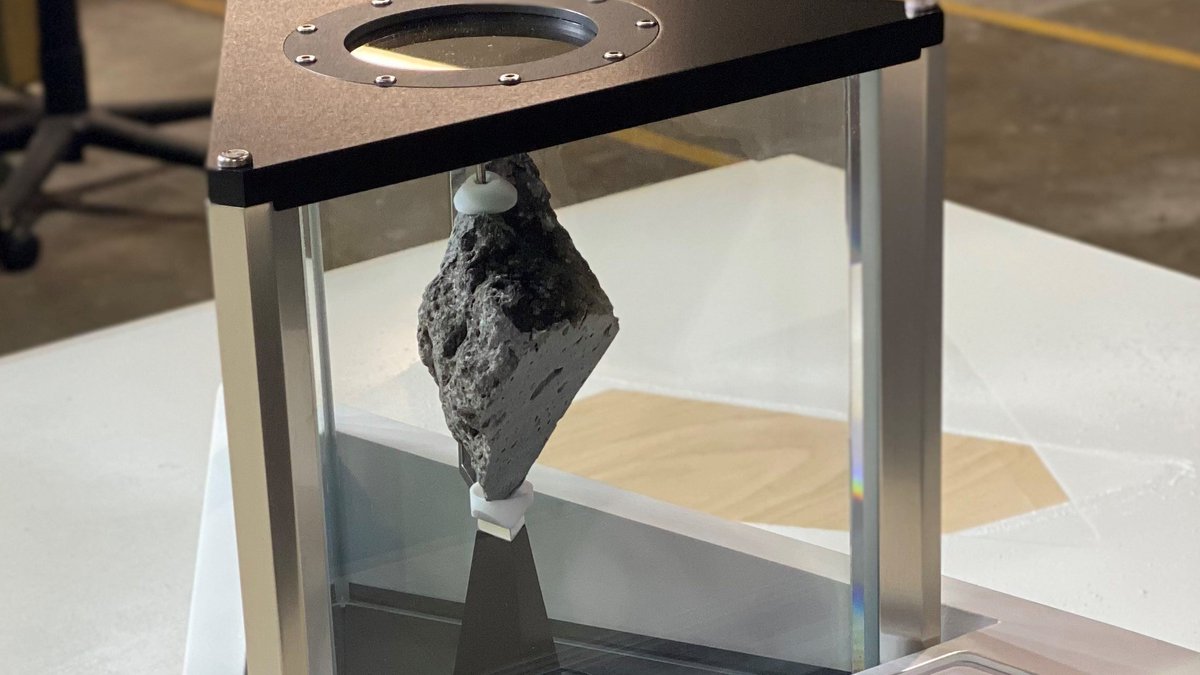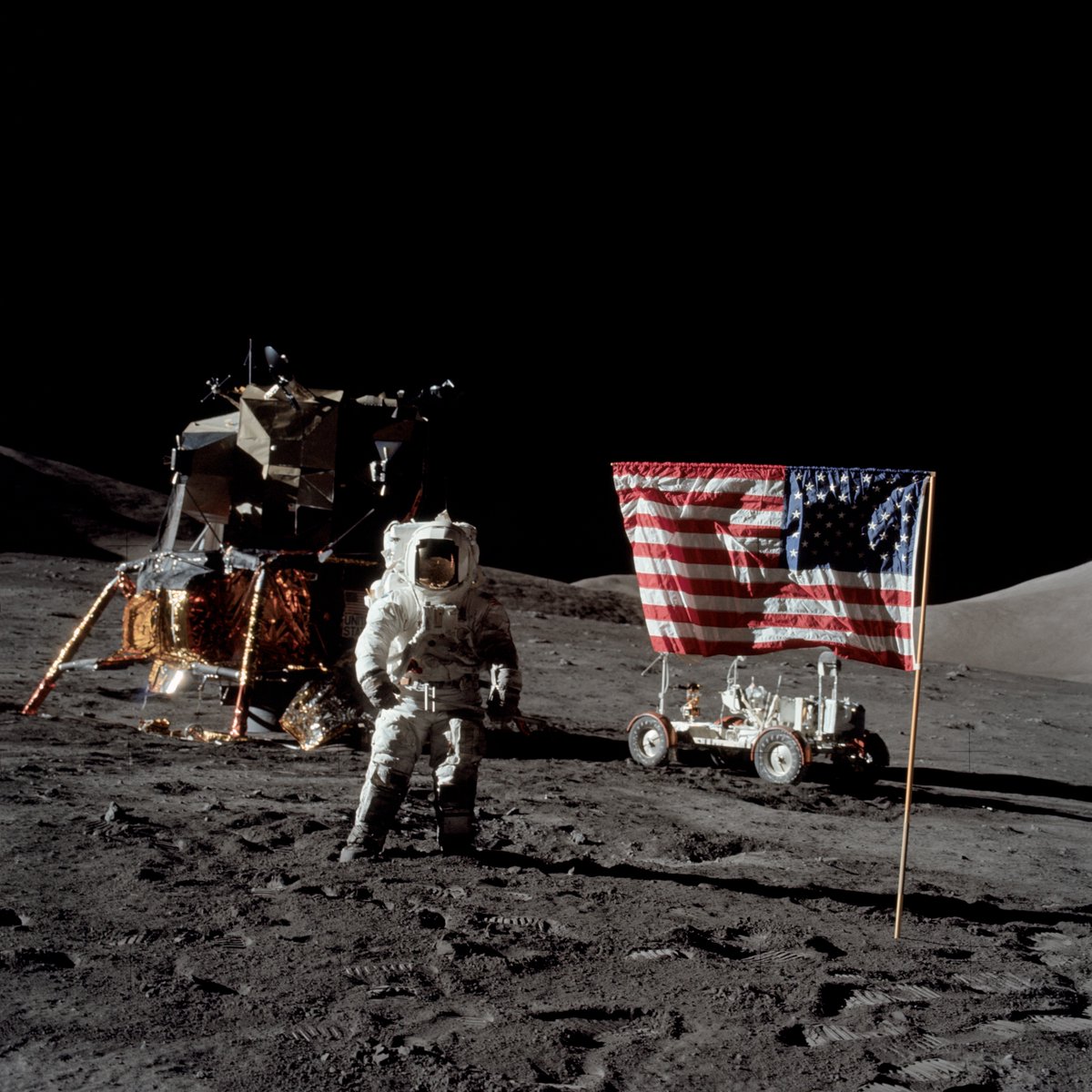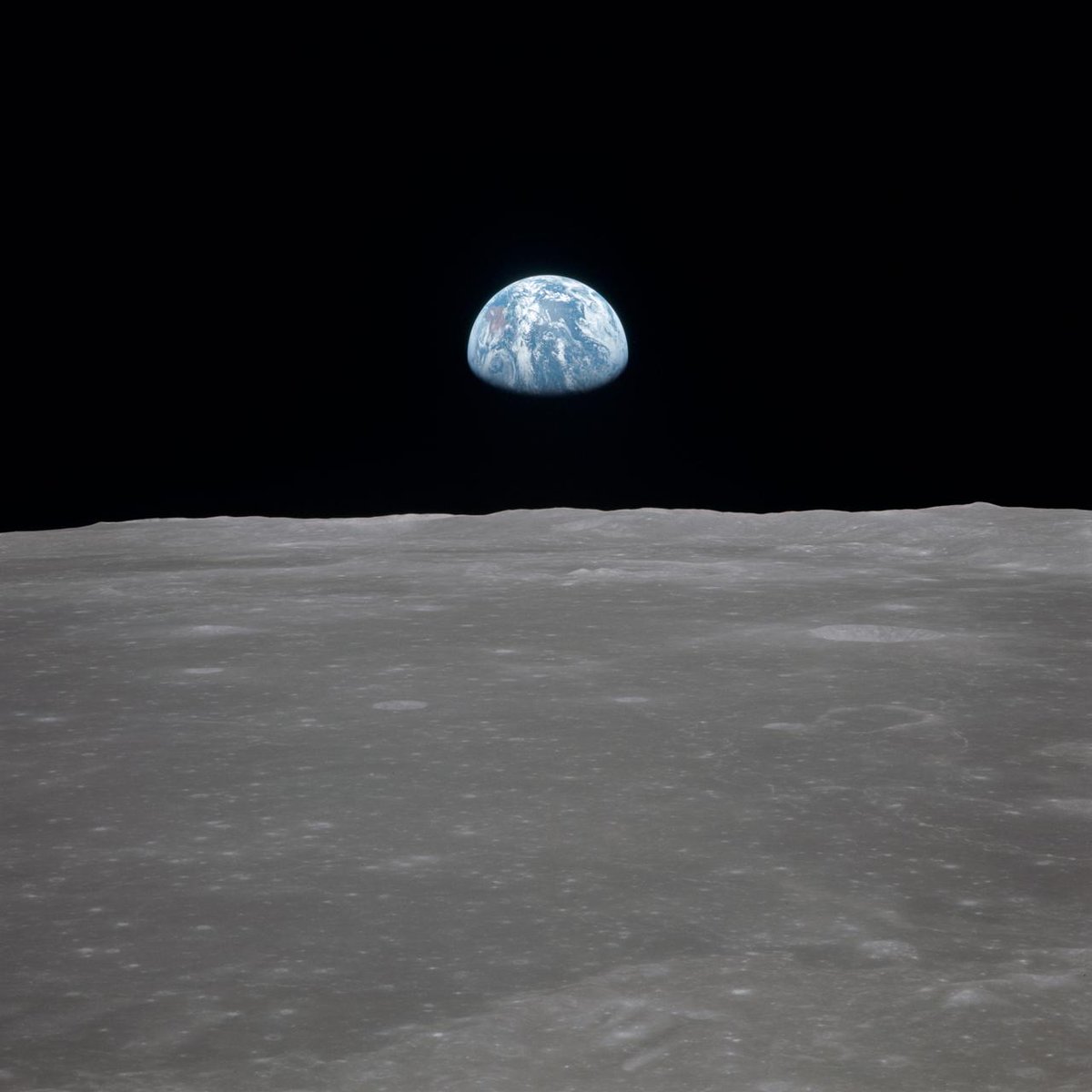
Long ago, Mars made giant volcanoes that towered over Everest and erupted lava flows that could bury entire nations.
But those days are over. Today, Mars is old, cold and dead. It will never erupt again. Right?
Wrong.
Me, for @QuantaMagazine + thread! quantamagazine.org/mars-rumbles-r…
But those days are over. Today, Mars is old, cold and dead. It will never erupt again. Right?
Wrong.
Me, for @QuantaMagazine + thread! quantamagazine.org/mars-rumbles-r…
We've often been taught that Mars is a dead world. Billions of years ago, it made volcanoes and volcanic provinces so massive that one of them actually tipped the planet over by 20 degrees - an incredible thought that I tell everyone I know whenever I get the chance. 1/x
Olympus Mons, the most famous volcano, is almost three times higher than Everest. If you dropped it on top of New York City, its edges would stretch nearly from Boston to Washington, D.C. 2/x
Because Olympus Mons effectively squashes the crust under its weight, it is surrounded by a self-made moat that was once filled with lava. If you stood at its base, you wouldn’t be able to see the peak, because it would sit beyond the horizon.
Yeah, it's bonkers. 3/x
Yeah, it's bonkers. 3/x
But images of Mars showed it to be a world lacking eruptions. In the four centuries since we've been looking at it through telescopes, no new lava has been seen.
So it's a dead world, right?
Maybe. But without any clear evidence to the contrary, that's what we're told. 4/x
So it's a dead world, right?
Maybe. But without any clear evidence to the contrary, that's what we're told. 4/x
But in recent years, scientists have begun to think Mars may be a little bit more sus than they've given it credit. 5/x
This partly comes down to how old Mars' volcanoes and lava flows actually turn out to be.
We don't have pristine samples of Martian rock yet. If we did, we could use their radioactive decay, which acts a bit like a geologic clock, to work out how old areas of Mars are. 6/x
We don't have pristine samples of Martian rock yet. If we did, we could use their radioactive decay, which acts a bit like a geologic clock, to work out how old areas of Mars are. 6/x
Instead, we rely on crater counting. Mars doesn't have any major erosional processes, so impact craters tend to stay put. An older surface will have been exposed to the pinball pandemonium of space for longer, and so will have more craters than a younger surface. 7/x
As spacecraft get better mechanical eyes, they're able to see Martian surfaces and their craters with improved clarity. And scientists counting those craters have found that its lava flows seem way younger than they first thought. 8/x
In 2017, some lava flows atop a volcano named Arsia Mons - whose summit pit is so huge you can never seen both sides of it at the same time - were found to be perhaps 50 million years old.
Volcanoes on Mars were erupting long after the T. rex was squashed by an asteroid. 9/x
Volcanoes on Mars were erupting long after the T. rex was squashed by an asteroid. 9/x
Ages of lava flows kept on getting younger and younger.
Then there’s Cerberus Fossae.
These giant cracks in the ground, the "rifts of Cerberus,” are named after the terrifying three-headed hound that guards the entrance to Hades in Greek mythology. 10/x
Then there’s Cerberus Fossae.
These giant cracks in the ground, the "rifts of Cerberus,” are named after the terrifying three-headed hound that guards the entrance to Hades in Greek mythology. 10/x

Both water and lava erupted from them in the past, which is a bit weird. But what's weirder is that its lava flows lack almost any craters, relatively speaking. 11/x
One of these suspected outpourings of lava erupted less than 20 million years ago — last week, on geological timescales. A torrent of lava, erupting in just a few weeks, would have covered an area exceeding that of the United Kingdom.
It would have been a staggering sight. 12/x
It would have been a staggering sight. 12/x
A paper published last year looked at a small ash-laden layer around Cerberus Fossae - an odd explosive eruption deposit, by the looks of things. And that could be as young as 53,000 years old.
That's yesterday, on planetary terms.
And that's a problem. 13/x
That's yesterday, on planetary terms.
And that's a problem. 13/x
Mercury, Venus, Earth, Mars and the Moon are all rocky worlds. Eons ago, they had two bountiful sources of fire in their hearts: primordial heat left over from their violent formation, and heat produced by radioactive decay. 14/x
The heat eventually escaped through (among other means) volcanic eruptions. If that heat can stay trapped inside, or continually generated by radioactive decay, worlds can keep making volcanoes for longer.
Earth and Venus are bigger. They are volcanically active today. 15/x
Earth and Venus are bigger. They are volcanically active today. 15/x
Mars, Mercury and the Moon are smol. They should have lost their heat a long time ago and become volcanically dead.
Sucks for them, but why does that matter to us?
It's because volcanoes are how planets cool down. And that determines EVERYTHING else.
16/x
Sucks for them, but why does that matter to us?
It's because volcanoes are how planets cool down. And that determines EVERYTHING else.
16/x
“With few exceptions, the thermal evolution of a planet governs everything,” said Paul Byrne, from the state of the surface, on which biology can take hold, to the evolution of the world’s atmosphere. It's the story that lets all of the planet's other stories be written. 17/x
If we understand how volcanic Mars is, then we can begin to understand its internal evolution and compare it to Earth’s.
In other words, working out how alive or dead Mars is helps explain why Earth is geologically hyperactive while its cousins are comatose. 18/x
In other words, working out how alive or dead Mars is helps explain why Earth is geologically hyperactive while its cousins are comatose. 18/x
That Mars could have erupted lava 53,000 years ago doesn't fit with that old story, that diminutive Mars should have lost its internal fires a billion years ago.
53,000 years ago really is yesterday. So...could Cerberus Fossae be volcanically active today?
Enter, InSight. 19/x
53,000 years ago really is yesterday. So...could Cerberus Fossae be volcanically active today?
Enter, InSight. 19/x
Last year, NASA's robot geophysicist heard marsquakes coming from Cerberus Fossae - the first-known active fault zone on the planet.
What wasn't made all that public was that some of these quakes resembled those caused by fluids moving about under Earth's volcanoes.
20/X
What wasn't made all that public was that some of these quakes resembled those caused by fluids moving about under Earth's volcanoes.
20/X
Water's a fluid. But so is magma. And preliminary work, soon to be published by a crack team, cannot rule out that some of the strange whispers InSight is hearing under Cerberus Fossae is magma moving about.
There could be fire below the Rifts of Cerberus. That's *so* cool! 21/x
There could be fire below the Rifts of Cerberus. That's *so* cool! 21/x
If that result is confirmed by extra seismic data, then it's official: we don't know diddly squat about the inside of worlds. Mars, despite its initial appearances, is still a volcanically active world.
That would be a game-changing revelation.
22/x
That would be a game-changing revelation.
22/x
Mars and Earth could be volcanic partners in crime, but not in identical ways. Mars may lack the everyday surface eruptions that Earth has, but, like Earth, it clearly produces epic lava floods from time to time — it just has gaps of millions of years between each paroxysm. 23/x
That means we're just looking at Mars during a gap. Go forward in time five million years are you could see lava invading the surface, setting the world ablaze.
And if Mars is volcanically active, then it stands to reasons Mercury and the Moon are too. They're just patient. 24/x
And if Mars is volcanically active, then it stands to reasons Mercury and the Moon are too. They're just patient. 24/x
And if that's true, and all these worlds are volcanically active, then that seriously alters our perspective on our own world: Earth, with its constant eruptions, is actually the strangest planet of them all. 25/x
We know so little about what goes on inside planets. But scientists have had some ideas, sketched out in pencil. @NASAInSight's data finally means we can start writing those epic stories in ink.
And I think that's incredible.
End.
And I think that's incredible.
End.
Thanks to Tracy Gregg, @ThePlanetaryGuy, Christopher Hamilton, @geophysichick, @SeismoAnna, @lowvelocityzone, Dave Horvath, Misha Kreslavsky, Christine Houser and the entire InSight team!
Also thanks to @mmoyr for working with me so marvellously on this serpentine saga, and to @QuantaMagazine's illustrators for the ever-stunning illos!
according @DisastrousComms
*cc, what a weird autocorrect!
I have a feeling this is very much up @slaskow's street too!
Bonus point: I remember @ProfBrianCox waxing lyrical about the solar system on the telly box around the time I began by PhD. Loved those episodes. Maybe for part two he'll be talking about Mars' epic volcanoes a little bit differently...!
• • •
Missing some Tweet in this thread? You can try to
force a refresh





